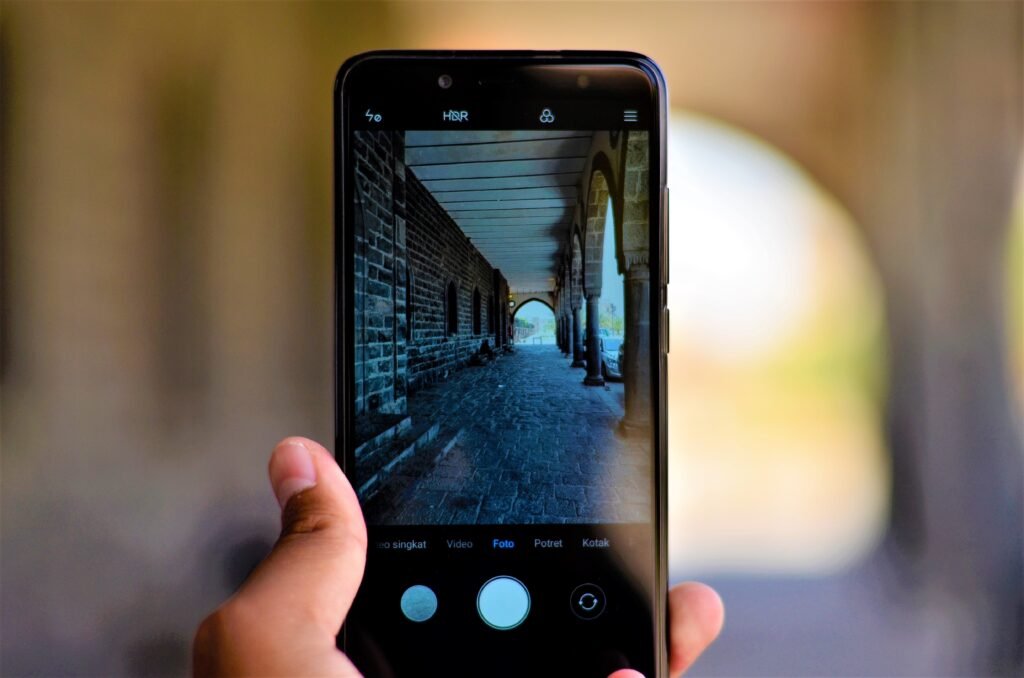The Evolution of Sustainable Construction
Over the years, the construction industry has witnessed a remarkable transformation, moving towards sustainable practices that prioritize environmental stewardship. The days of conventional construction methods are slowly becoming a thing of the past, as architects, engineers, and builders embrace innovative technologies and materials.
One of the key drivers behind this shift is the growing awareness of the impact construction has on the environment. ConstructionLatest is proud to be at the forefront of promoting sustainable construction practices. From green building materials to energy-efficient designs, we are dedicated to sharing the latest advancements that are reshaping the industry.
Building with a Purpose
Gone are the days when construction was solely focused on functionality. Today, the emphasis is on creating structures that not only serve their intended purpose but also contribute to the overall well-being of the environment and communities they exist in.
At ConstructionLatest, we believe that sustainable construction is the way forward. Our team of experts explores the possibilities of eco-friendly materials like recycled steel, sustainable wood, and low-emission concrete. We delve into the world of green infrastructure, highlighting projects that integrate nature and architecture seamlessly.
Embracing Technological Advancements
The construction industry is no stranger to technological advancements. From the use of drones for site surveys to 3D printing of building components, technology is revolutionizing the way we construct. ConstructionLatest is committed to sharing the latest innovations that are shaping the future of the industry.
With the advent of Building Information Modeling (BIM), construction projects can now be visualized and simulated digitally before they are even built. This not only enables architects and engineers to identify and rectify potential issues beforehand but also minimizes waste and reduces costs. Additionally, virtual and augmented reality technologies are allowing stakeholders to experience buildings in immersive ways, making it easier to communicate design concepts and bring visions to life.
